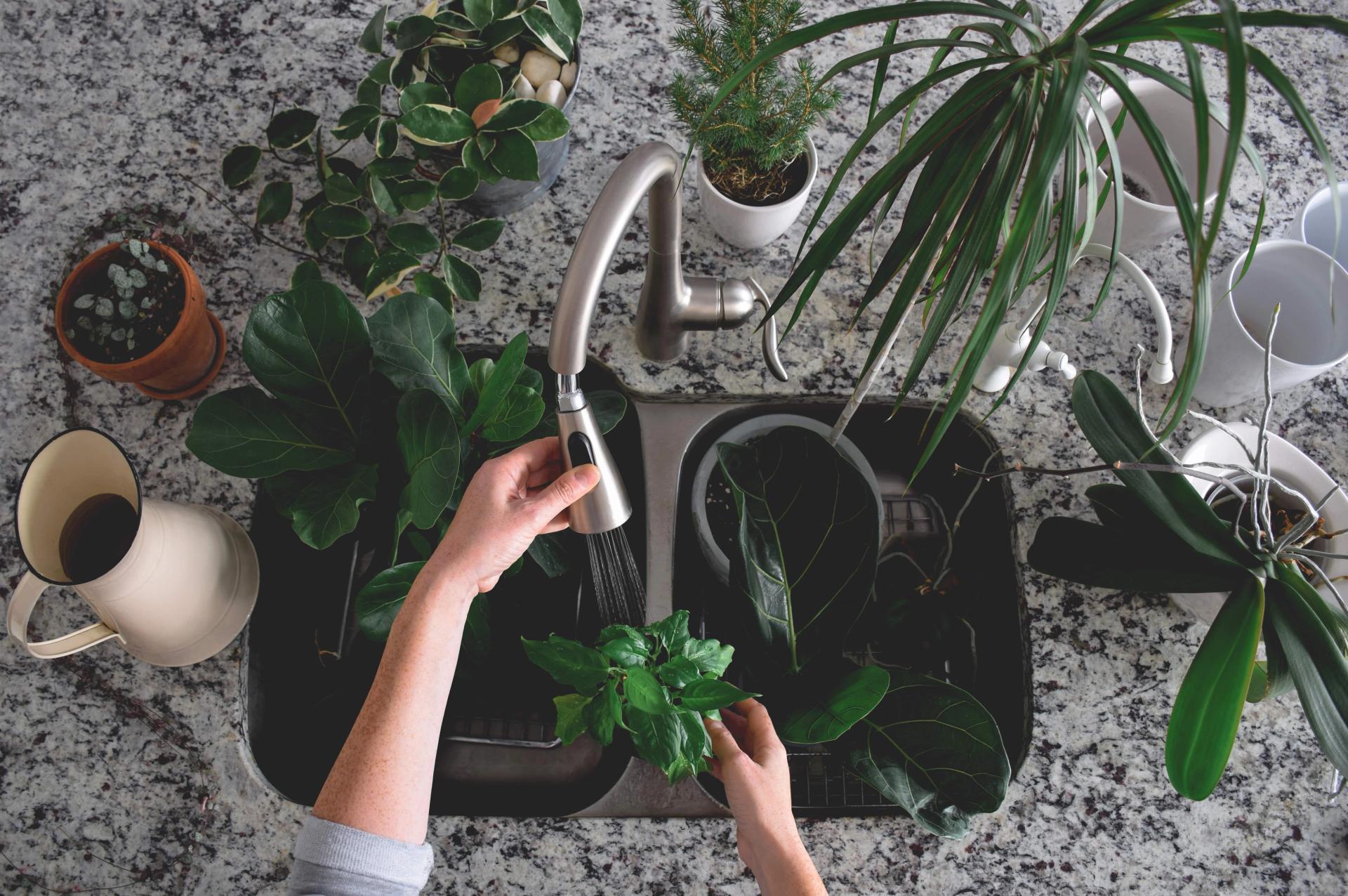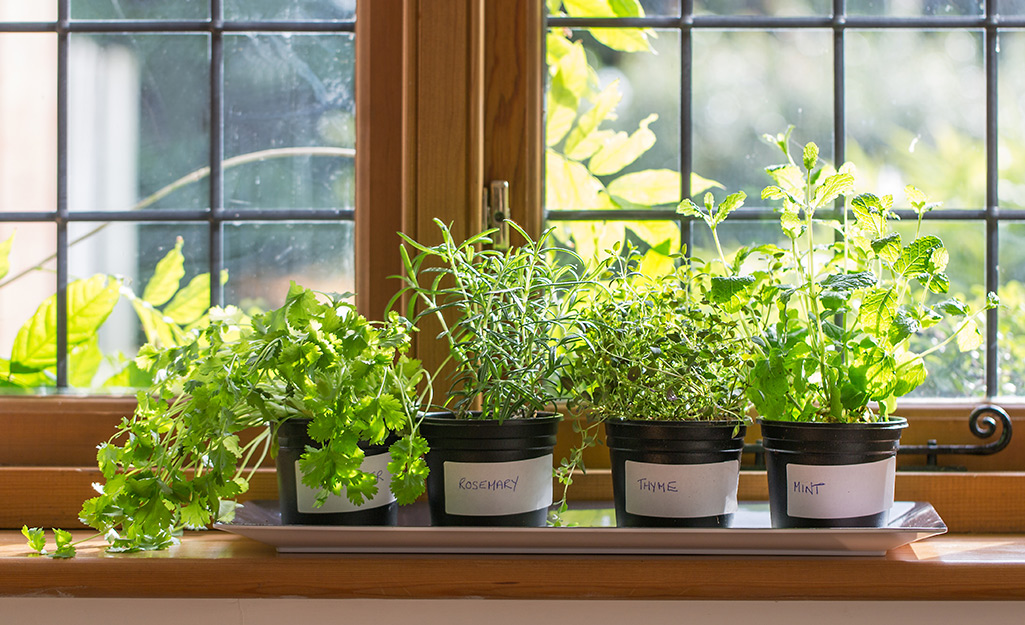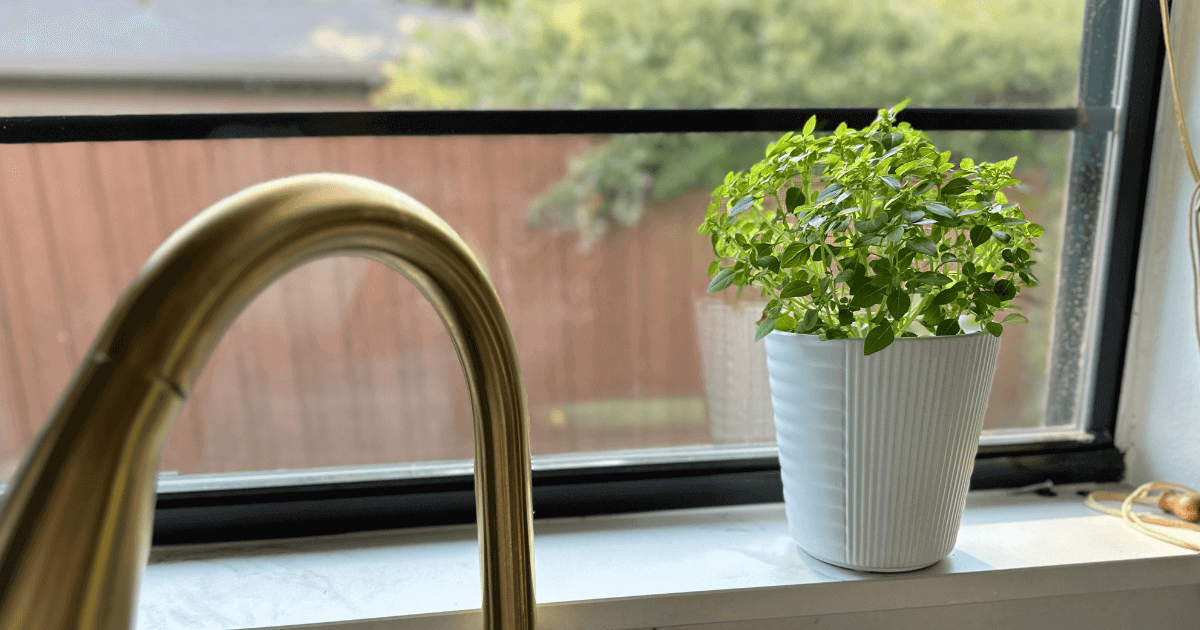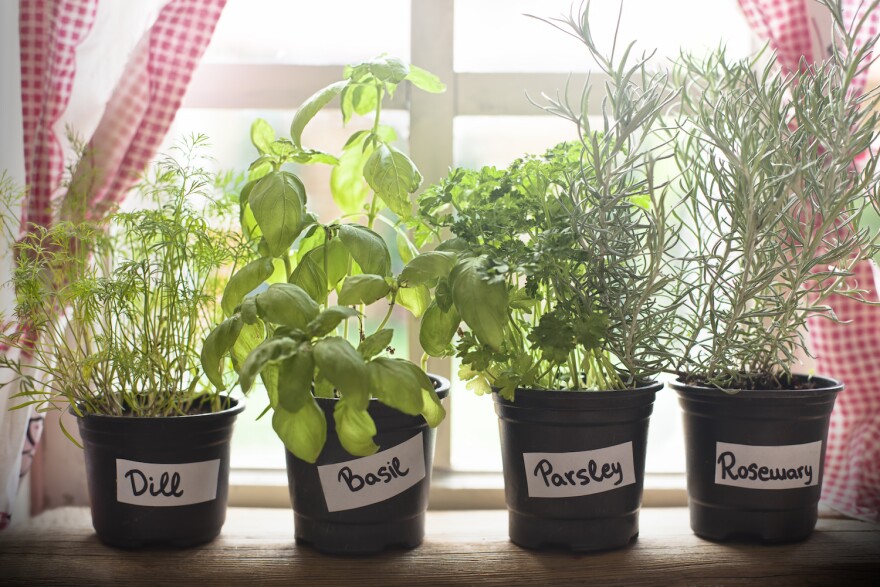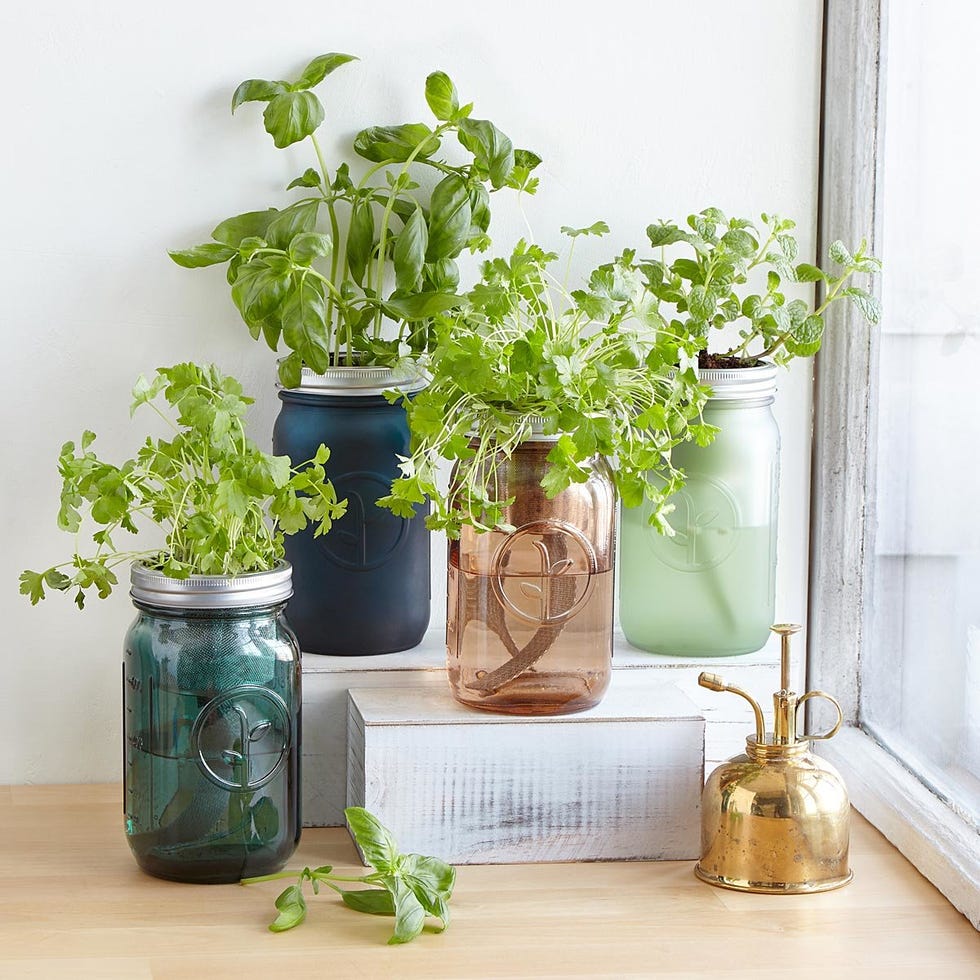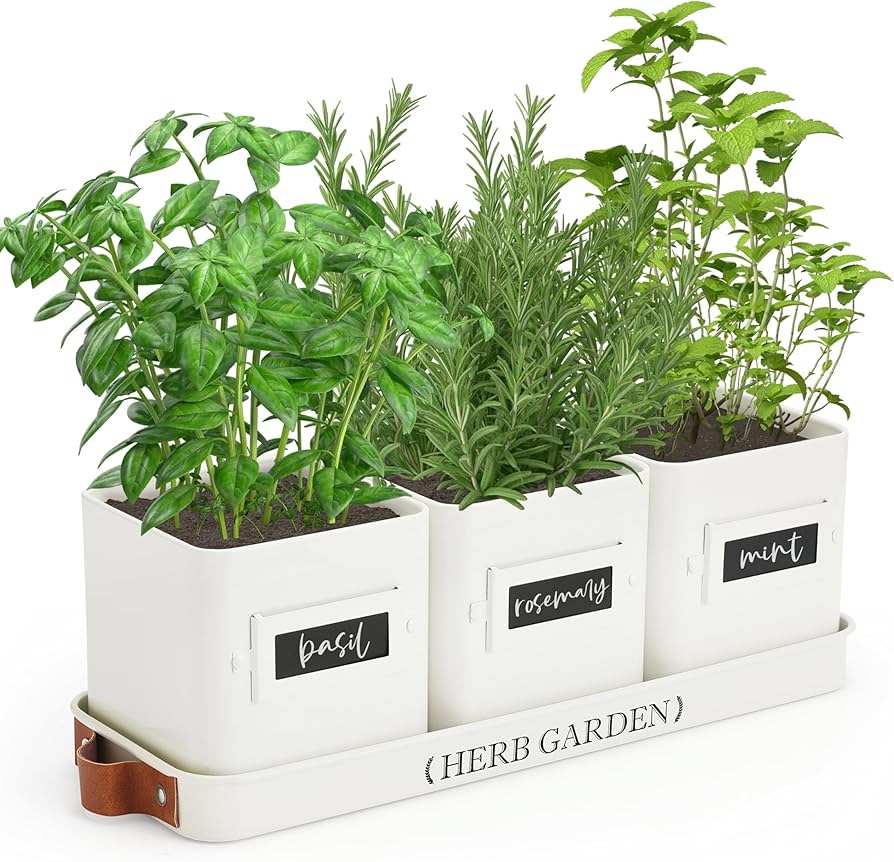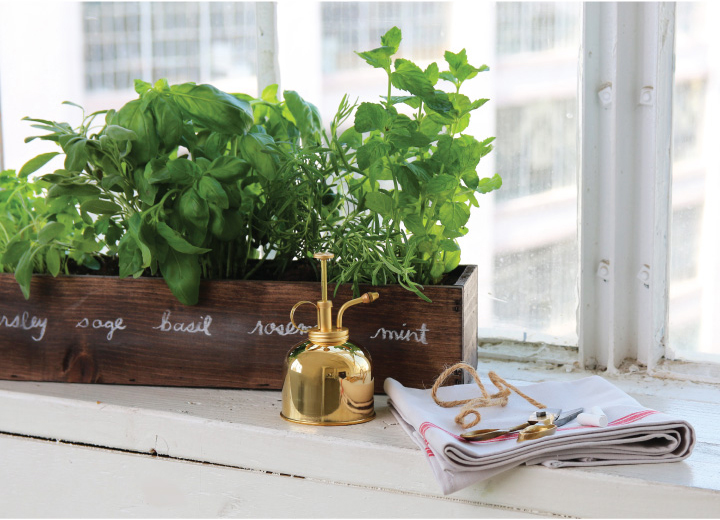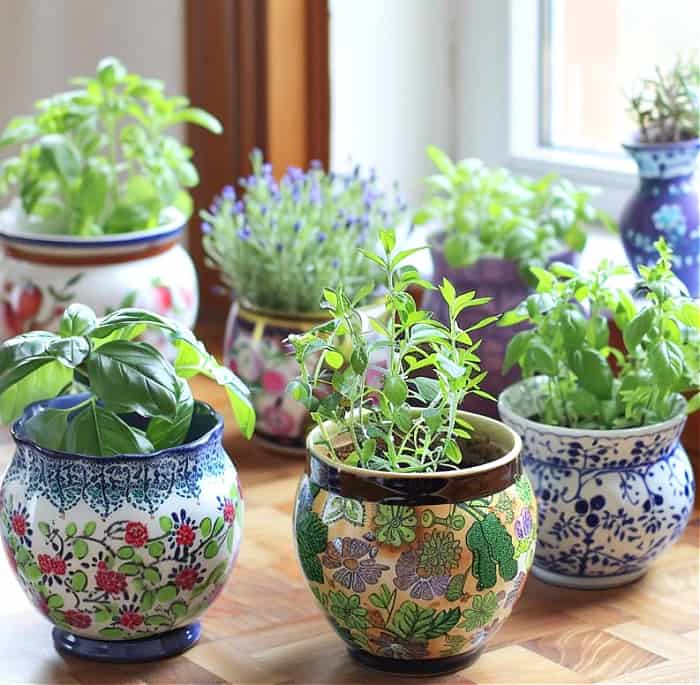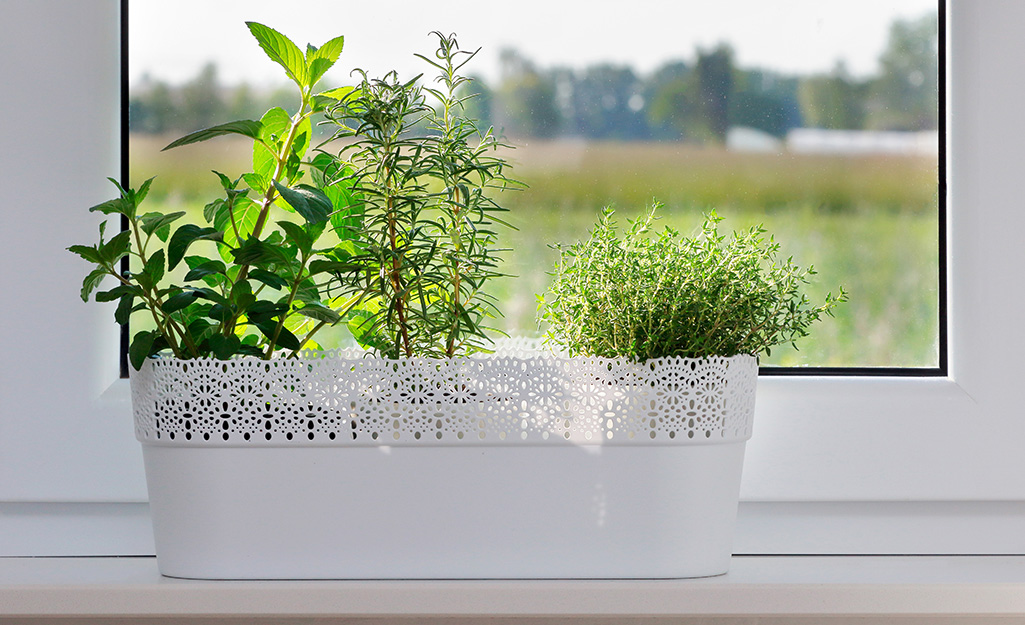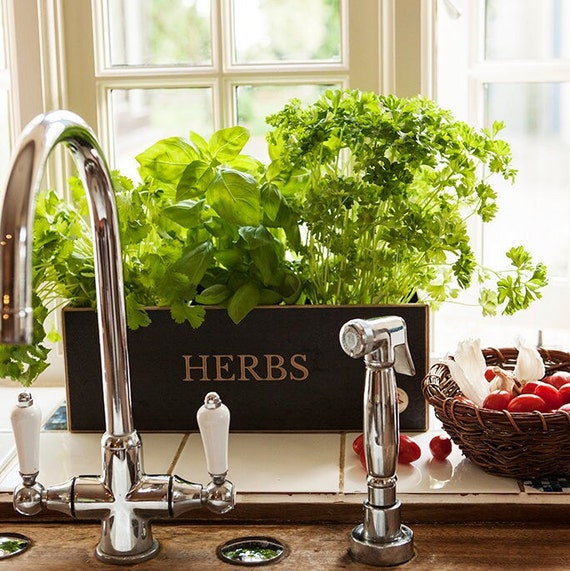The Finger Test: When to Water Herbs
Insert your finger 2-3cm into the soil. If it feels dry at that depth, water thoroughly until liquid drains from the bottom. If still moist, wait another day and test again. This simple technique prevents both over and under-watering, the two most common causes of herb failure. Canadian homes with forced-air heating dry soil quickly in winter, requiring more frequent checks than summer months.
